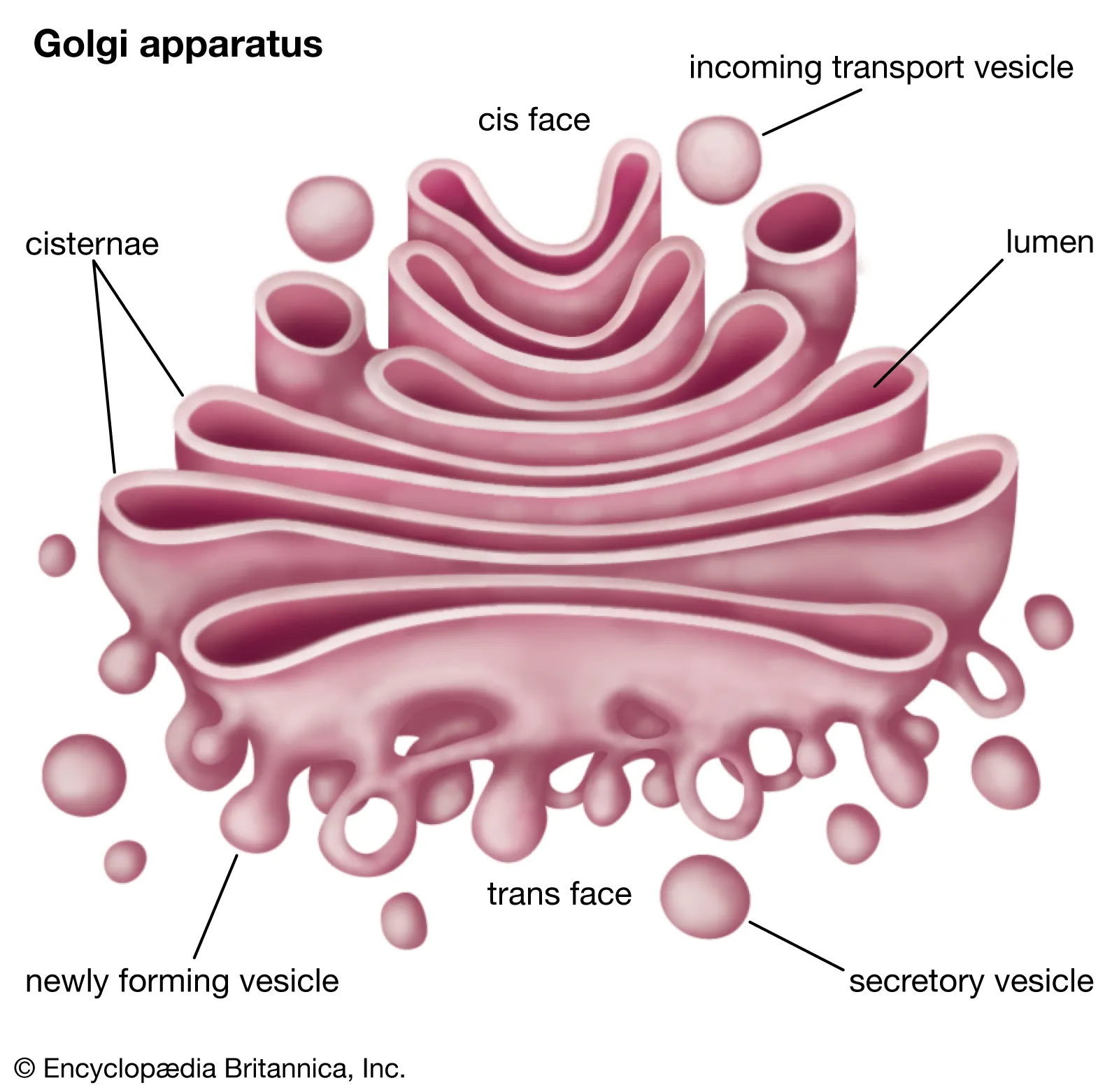2.1.1 Cell Structure - unfinished
1/24
There's no tags or description
Looks like no tags are added yet.
Name | Mastery | Learn | Test | Matching | Spaced |
|---|
No study sessions yet.
25 Terms
Why might an organelle have a membrane?
By binding different enzymes, the cell becomes more efficient as a decreased volume around the enzymes means a higher concentration. (eg. membrane forming the cristae in mitochondria contains enzymes for aeroic respiration, increased surface area for increased rate)
Each compartment can have different conditions to optimise the enzymes held, such as being a very specific pH. (eg. hydrolytic enzymes in lysosomes)
Ensures substrates can make their way to the correct place.
Controls what can enter/leave the cell (eg. nuclear envelope keeps DNA in but allows mRNA)
What is the role of the nucleus?
Directs the synthesis of all proteins required by the cell (as it contains the DNA)
Controls the metabolic activities of the cell
What are the 4 parts of the nucleus and their function?
Nuclear envelope - Double membrane to protect DNA from damage in cytoplasm.
Nuclear pore - mRNA can leave through these pores to the ribosome for protein synthesis but the pores are too small for DNA to leave
Chromatin - DNA is wrapped around histone proteins to form chromatin which coils & condenses to fit in the chromosome shape when preparing to divide.
Nucleolus - Responsible for producing ribosomes. Proteins and rRNA
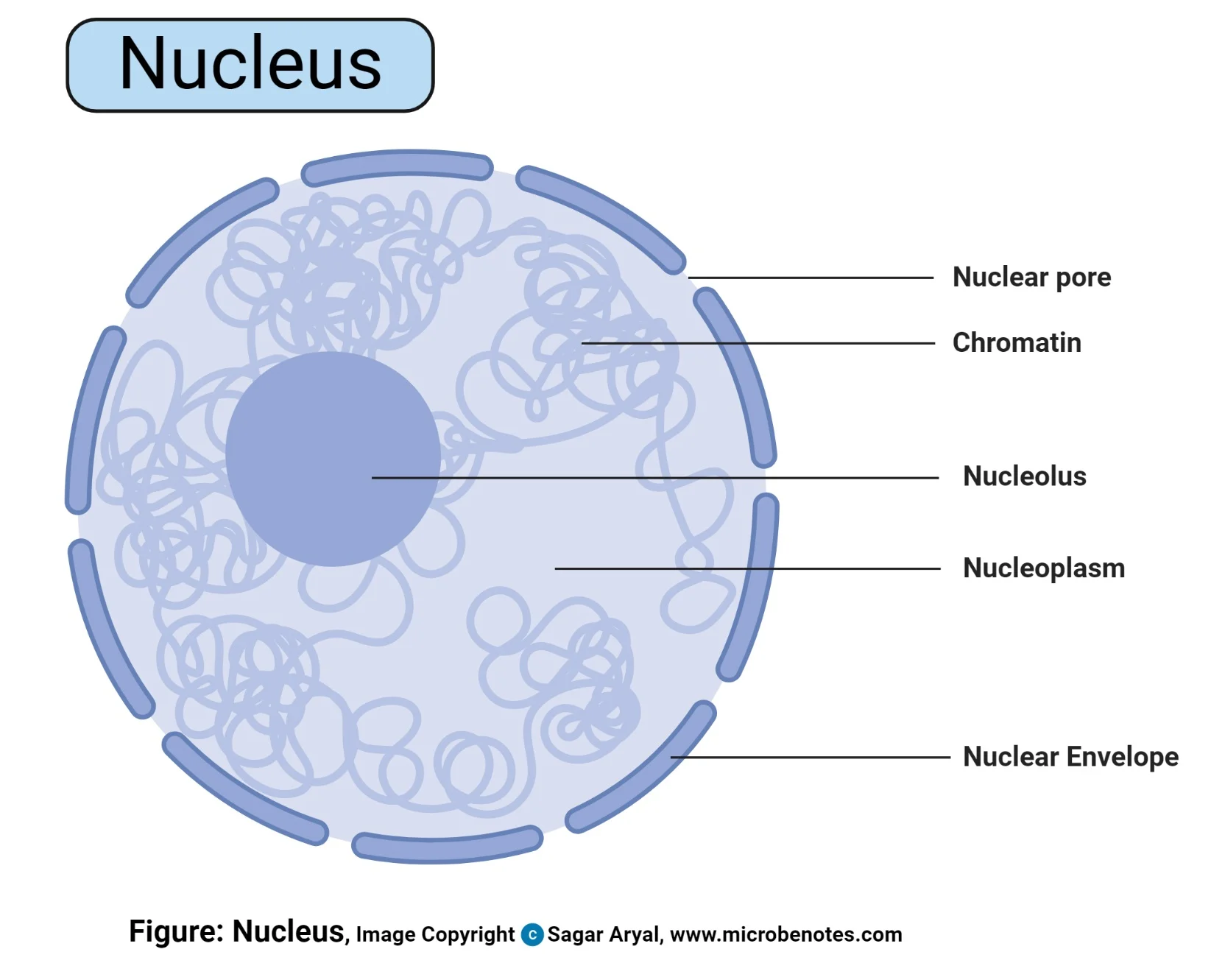
What is the function of the mitochondria and its features?
Site of the final stages of cellular respiration via production of ATP molecule
Double membrane - Inner membrane folded to form cristae with enzymes contained for higher rate of aerobic respiration
Small amount of DNA - mtDNA so they can produce their own enzymes and reproduce themselves
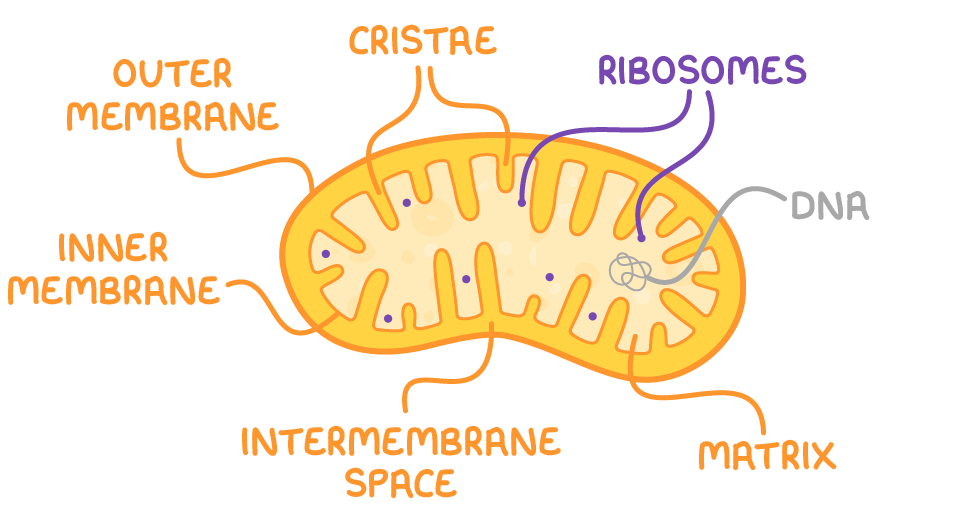
What are vesicles?
Vesicles are membranous sacs that have storage, transport, and secretory roles within the cell. They consist of a single membrane with fluid inside.
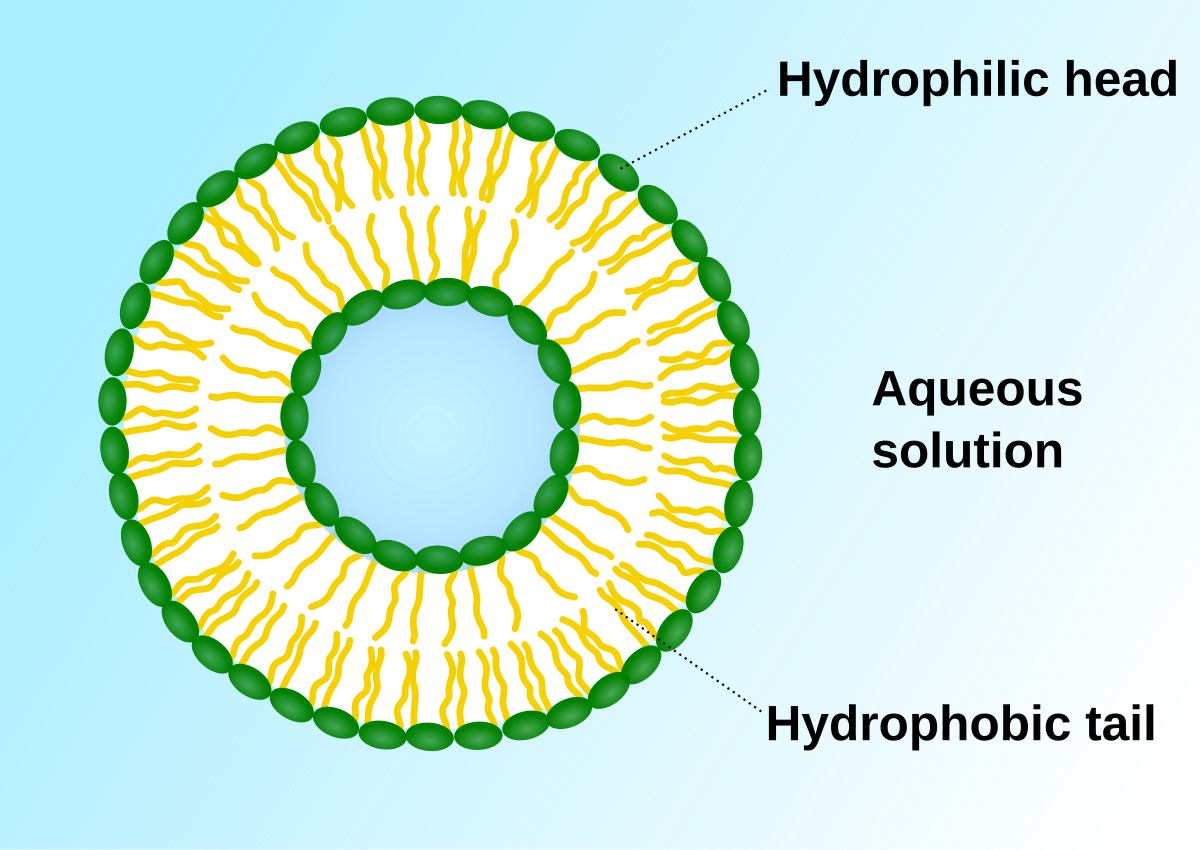
What are lysosomes?
Specialised forms of vesicles containing hydrolytic enzymes. Responsible for breaking down waste material in cells & have an important role in the immune system to break down pathogens ingested by phagocytic cells.
What is the cytoskeleton?
A network of fibres necessary for the shape and stability of a cell. It holds organelles in shape and controls the movement of both cells and organelles.
The three components are:
Actin filaments
Mictrotubules
Intermediate fibres
What are actin filaments?
Actin filaments are contractile fibres formed from the protein actin. They are responsible for cell movement and contraction during cytokinesis.
What are microtubules?
Globular tubulin proteins polymerised to form tubes that make a scaffold-like structure determining the shape of a cell. They act as the tracks for the movement of organelles including vesicles using motor proteins. Spindle fibres in cell division are composed of microtubules.
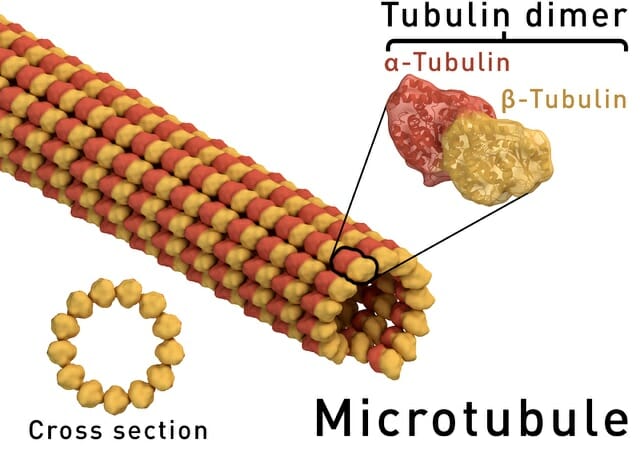
What is the function of intermediate fibres?
Giving mechanical strength to cells and helping to maintain their integrity.
What is a centriole?
An arrangement of microtubules but are also where microtubules originate/branch off from. They sit at right angles to each other and always exist in pairs (each centriole being 9 triplets of microtubules). Whenever a pair is surrounded by a membrane, it is referred to as a centrosome (involved in the assembly and organisation of spindle fibres).
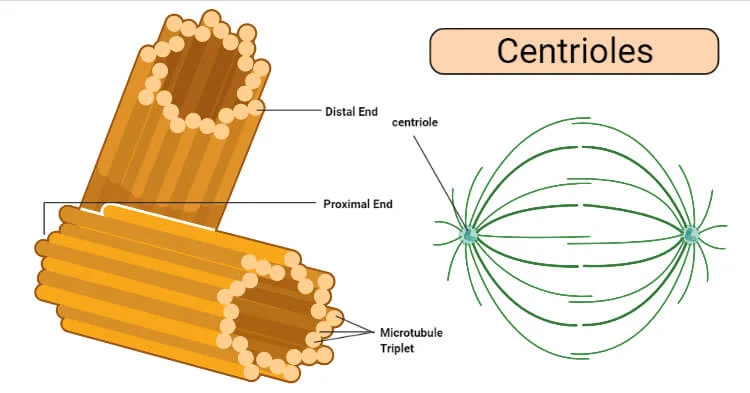
What is the function and structure of flagella & cilia?
Flagella are essentially very long cilia so have the same structure. Flagella are primarily used to enable motility or as a sensory organelle, cilia can be mobile or stationary which are more sensory while mobile beat in a rhythmic manner.
The cilia are made up of microtubules running inside the structure. They have a 9+2 arrangement, meaning that nine doublet microtubules surround a central pair of singlet microtubules.
Motor proteins sit between them which makes the cilia/flagella able to bend when they walk up and down (as the filaments slide).
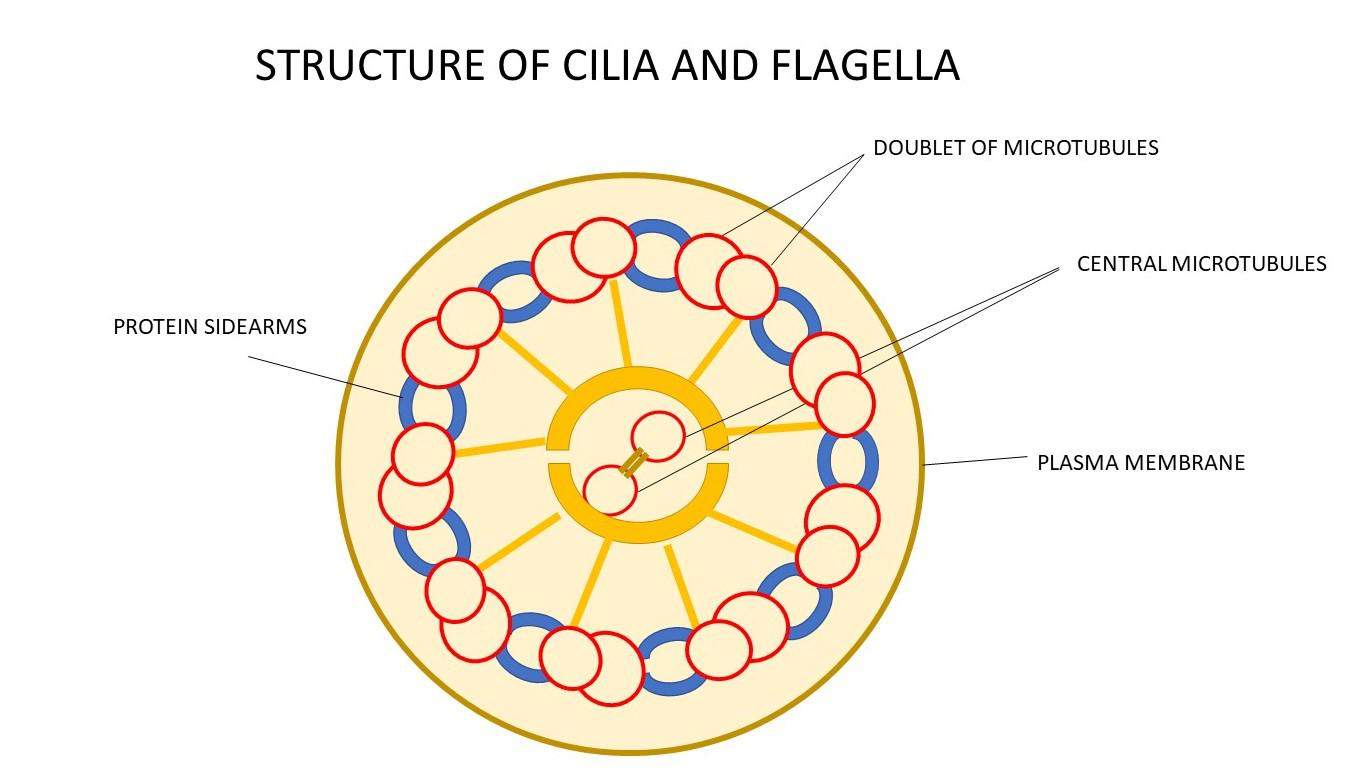
Describe the functions and structure of the two types of endoplasmic reticulum.
The ER is a network of membranes enclosing flattened sacs called cisternae.
Smooth:
Lipid & carbohydrate synthesis
Storage
Rough:
Ribosomes bound to the outer surface
Responsible for the synthesis and transport of proteins
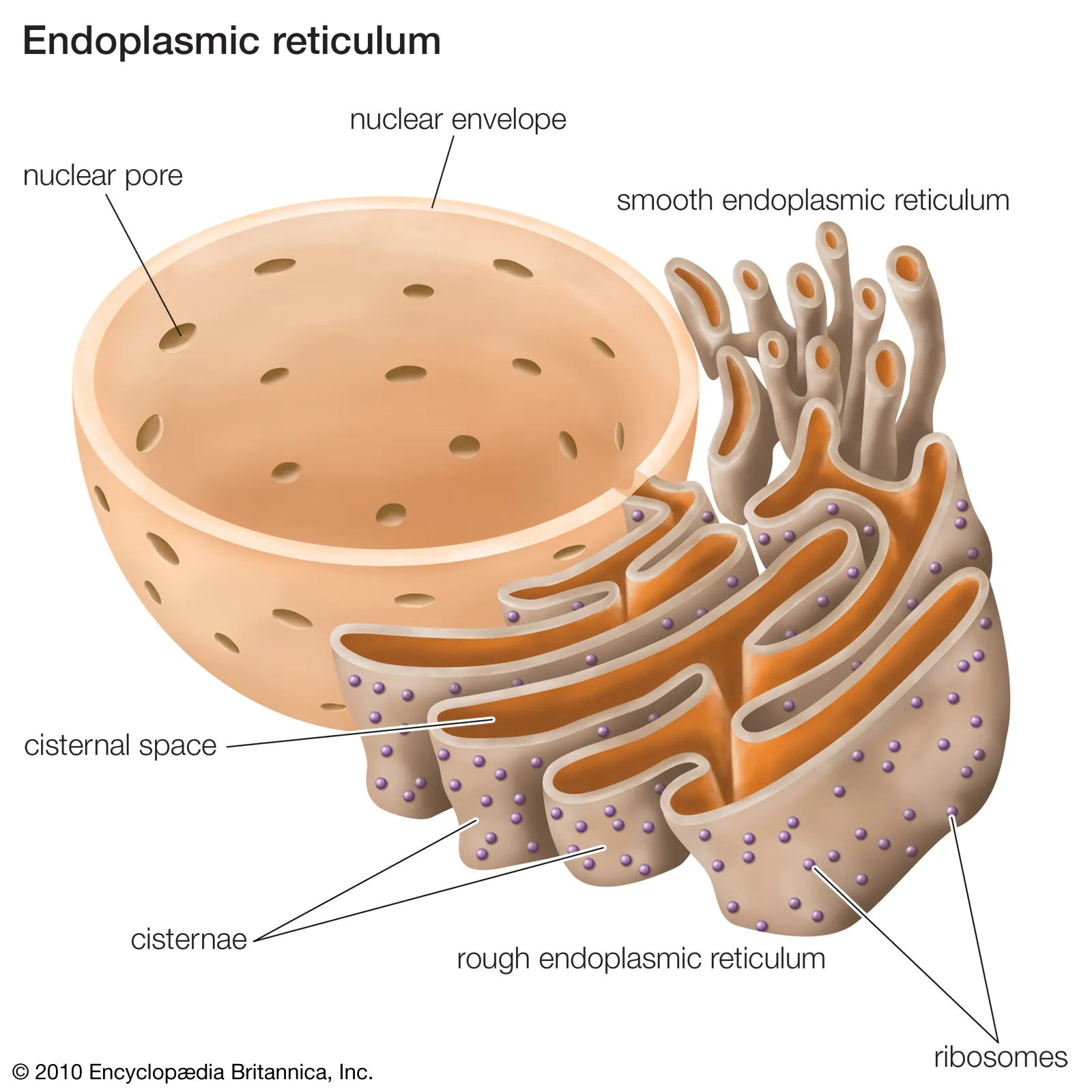
How is the cell membrane structured?
The cell membrane has a "fluid mosaic" structure consisting of a phospholipid bilayer with embedded proteins, cholesterol (in animal cells), and carbohydrates.
The hydrophilic heads of the phosphate group face outwards, while their hydrophobic fatty acid tails face inward, forming a barrier to water-soluble substances.
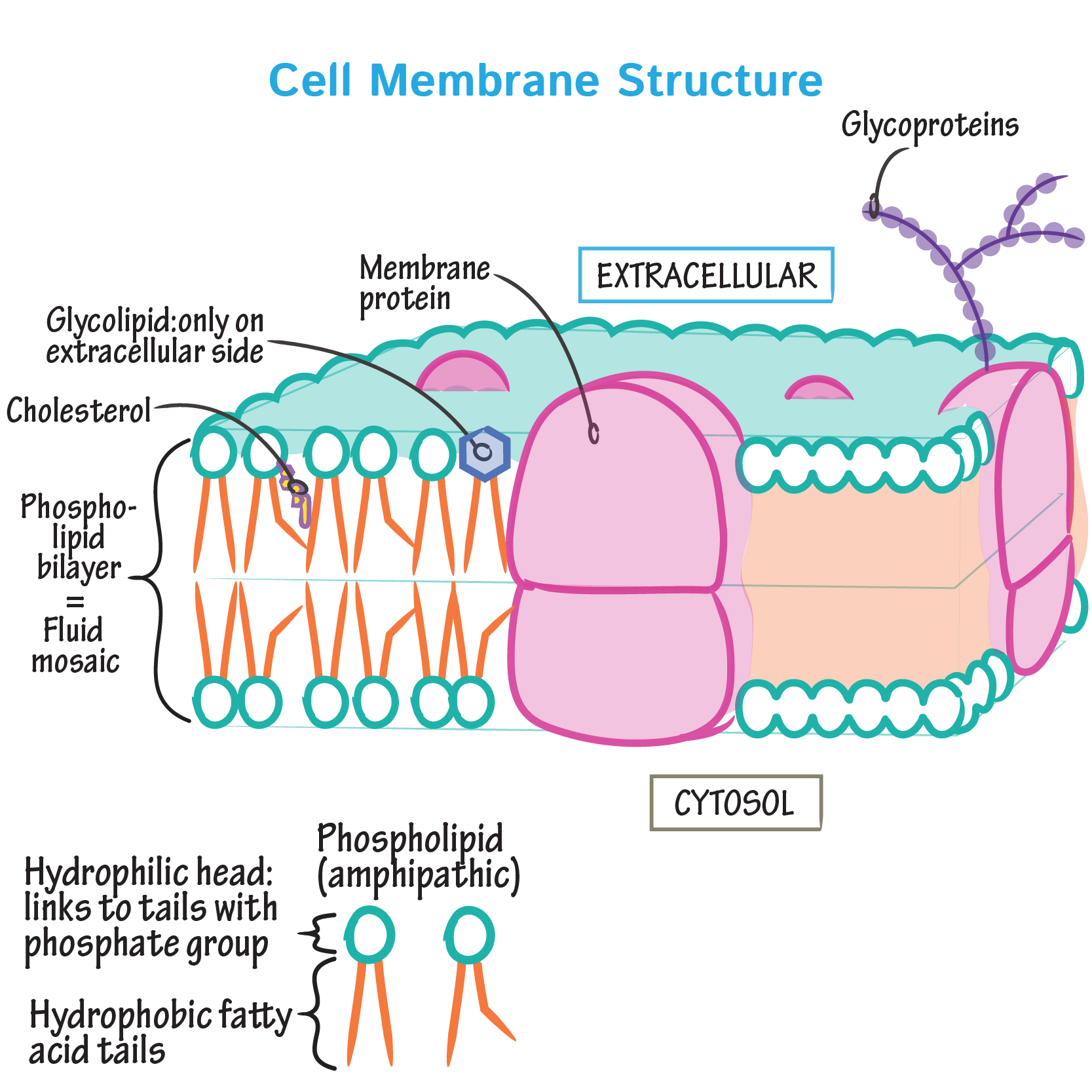
Where can we find ribosomes and what are they made up of?
Found free floating in the cytoplasm or attached to the RER. Also found in mitochondria and chloroplasts. They have no membrane and are constructed of RNA made in the nucleolus. Site of protein synthesis.
The DNA is loose within the structure due to the fact that it was once a prokaryotic cell engulfed by a eukaryote without destroying it (endosymbiotic theory).
What is the function of the Golgi apparatus?
Similar in structure to SER
Compact formed of cisterna, no ribosomes
Role in modifying proteins and ‘packaging’ them into vesicles
